The world may be a little less bright without these inimitable visionaries, but from Paul Kasmin’s Chelsea gallery to Michael Sorkin’s Village Voice essays and Milton Glaser’s psychedelic illustrations, their legacies live on.
The Creative Visionaries We Lost in 2020
As this tumultuous year draws to a close, we remember the memorable architects, designers, artists, and thinkers we’ve lost.
By The Editors December 31, 2020
Christo, 84
An acclaimed environmental artist, Christo completed surreal landscape installations across a five-decade career with his late wife Jeanne-Claude (d. 2009). The duo’s site-specific (and often temporary) works encouraged people to see, feel, and interact, and spanned the globe, from the coastline of Australia to the streets of Paris. They garnered a dedicated following of culture-hungry pilgrims, eager to catch each miraculous work before it disappeared. In 2018, London’s Hyde Park hosted one of Christo’s final masterpieces: The London Mastaba, an enormous sculpture made out of 7,000 colorful barrels floating in Serpentine Lake. He recently secured permission to wrap Paris’s Arc de Triomphe in fabric—one of his most highly anticipated undertakings and one that will continue as planned in September 2021. Revisit our 2018 cover story with the artist, in which he shares how his visions transformed ordinary places into unmissable destinations.

Manlio Armellini, 83
At the helm of the company that organizes Salone del Mobile, Manlio Armellini played an essential role in the annual furniture fair’s long-term evolution and countless other initiatives, and even helped develop and execute the first-ever edition in 1961. During his tenure, he singlehandedly expanded the fair’s commercial offerings and cultural initiatives to worldwide acclaim, solidifying Italian design in the furnishing sector. Under his council as secretary general, Salone del Mobile grew its exhibition space from 105,000 to 239,000 square feet, while increasing the number of visitors from 67,000 to 348,000, with more than 210,000 attending from outside of Italy.
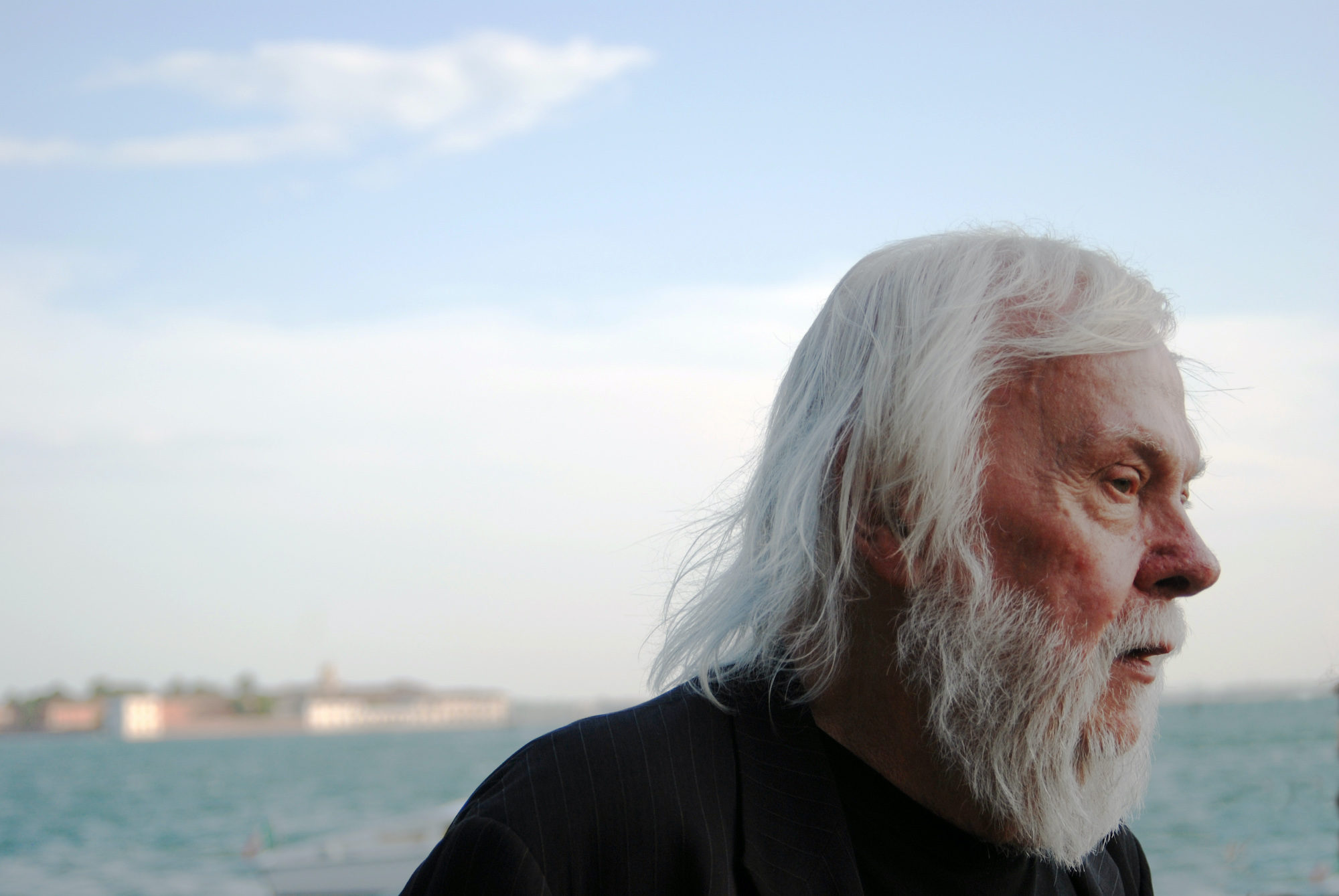
John Baldessari, 88
A beloved lynchpin of the Los Angeles art world, John Baldessari became one of the most influential conceptual artists in recent memory. After cutting his teeth as a semi-abstract painter, Baldessari soon developed a profound disenchantment with the notion of handiwork that provoked him to famously cremate more than a decade’s worth of his paintings in 1970. Instead, he vowed to embrace a range of mediums including video, photography, sculpture, and hybrid text paintings that he often infused with droll, humorous touches. His seven-decade career, during which he fostered a nascent art community in Los Angeles by teaching at Cal Arts and UCLA, was replete with milestones—a major museum retrospective, “John Baldessari: Pure Beauty,” traveled to the Tate Modern, LACMA, and the Met, and he received the National Medal of Arts from President Barack Obama in 2014.
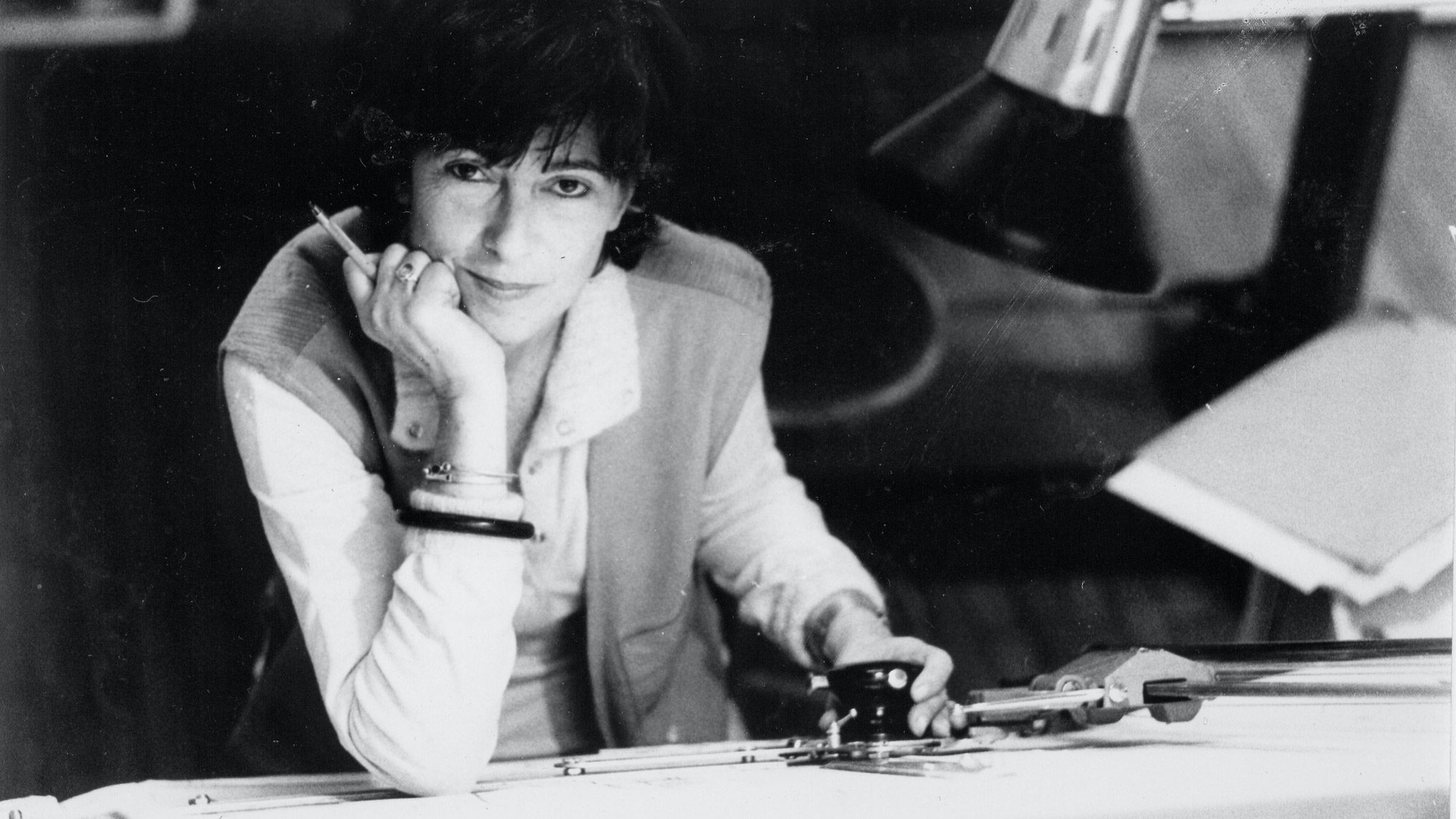
Cini Boeri, 96
A Milanese designer behind a multitude of Italian design staples who received the prestigious Compasso d’Oro Lifetime Achievement Award, Cini Boeri enjoyed a prolific career that saw collaborations with the design industry’s most celebrated brands, including Artemide, Knoll, and Magis. Many of her furnishings, including the foam Bobo Chair and Serpentone Sofa for Arflex, remain in production today—a testament to her timeless sensibilities and life-long focus on functionality. Though best known for her furniture designs, she trained as an architect and founded her own firm, Cini Boeri Architetti, that specialized in residences, offices, shops, and exhibition design. “There’s nothing affected or elitist in the essentialism of her architecture, just as there’s nothing austere or penitent in the minimalism of her furniture design projects,” remembers the architect Stefano Boeri, her son.

Pierre Cardin, 98
Pierre Cardin began his career as a tailor for Christian Dior in 1946, and established his namesake atelier shortly after. It didn’t take long for his signature “bubble dresses” to become a worldwide success, but his design journey ventured light years beyond fashion. As his couture furniture suggests, Cardin experienced equally impressive entrances into industrial design. In the late 1970s, he conceived of an airplane’s interior and exterior—a testament to his design capabilities and perhaps a cheeky nod to his galactic looks. His expertise ranges from haute-couture to childrenswear, as well as air travel, perfumery, and furniture design, and he was the subject of numerous retrospectives, including the Brooklyn Museum’s recent Pierre Cardin: Future Fashion.
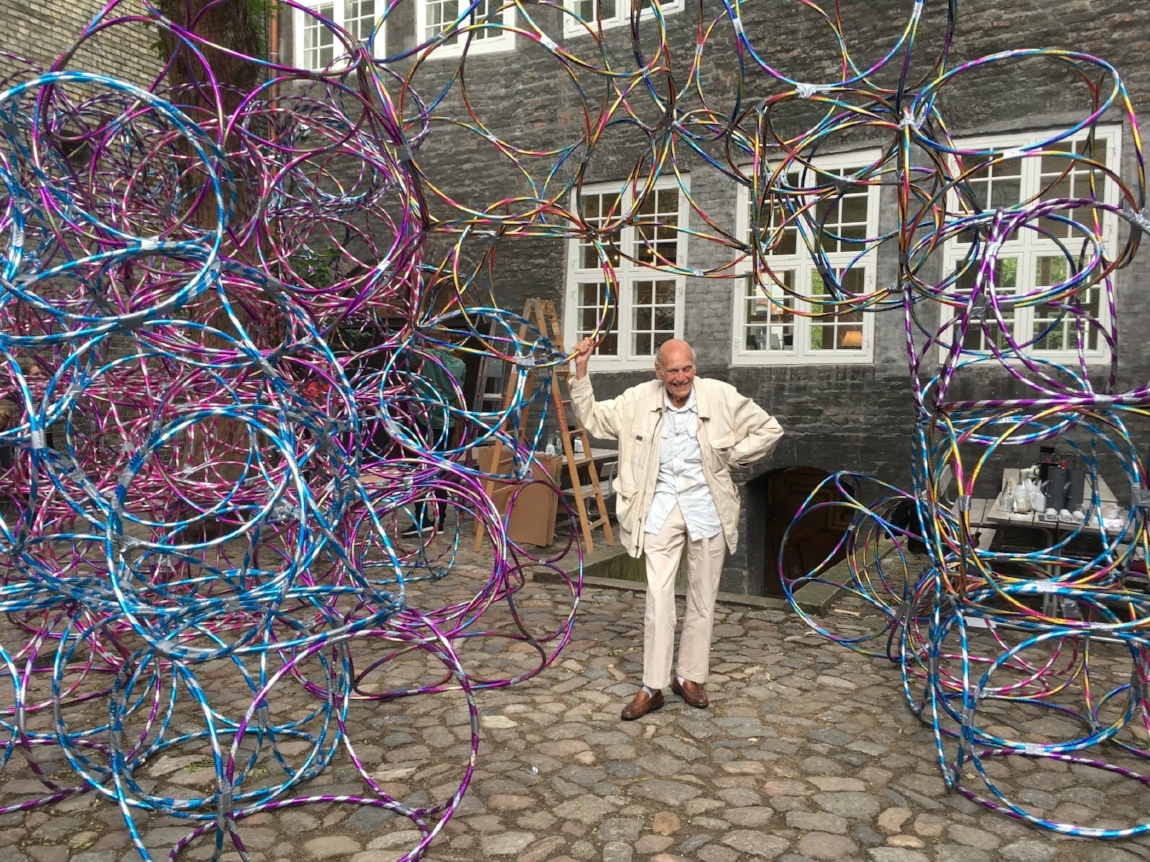
Yona Friedman, 96
Yona Friedman realized few buildings during his long career, but the visionary architect penned an influential 1958 manifesto, “Mobile Architecture,” that secured his place in the canon alongside freethinkers like Buckminster Fuller and Jane Jacobs. In the essay, Friedman argued for a nimble, customizable infrastructure to replace the then-dominant Modernist style, which he maintained was not attuned to the needs of real people. La Ville Spatiale, a stilted city of megastructures and voids he designed, exemplifies his theories, which inspired Italian avant-garde studios Archigram and Superstudio, helped kickstart Japan’s Metabolist movement, and influenced Moshe Safdie’s Habitat 67 in Montreal. “An architect does not create a city, only an accumulation of objects,” Friedman once said. “It is in the inhabitant who invents the city.”
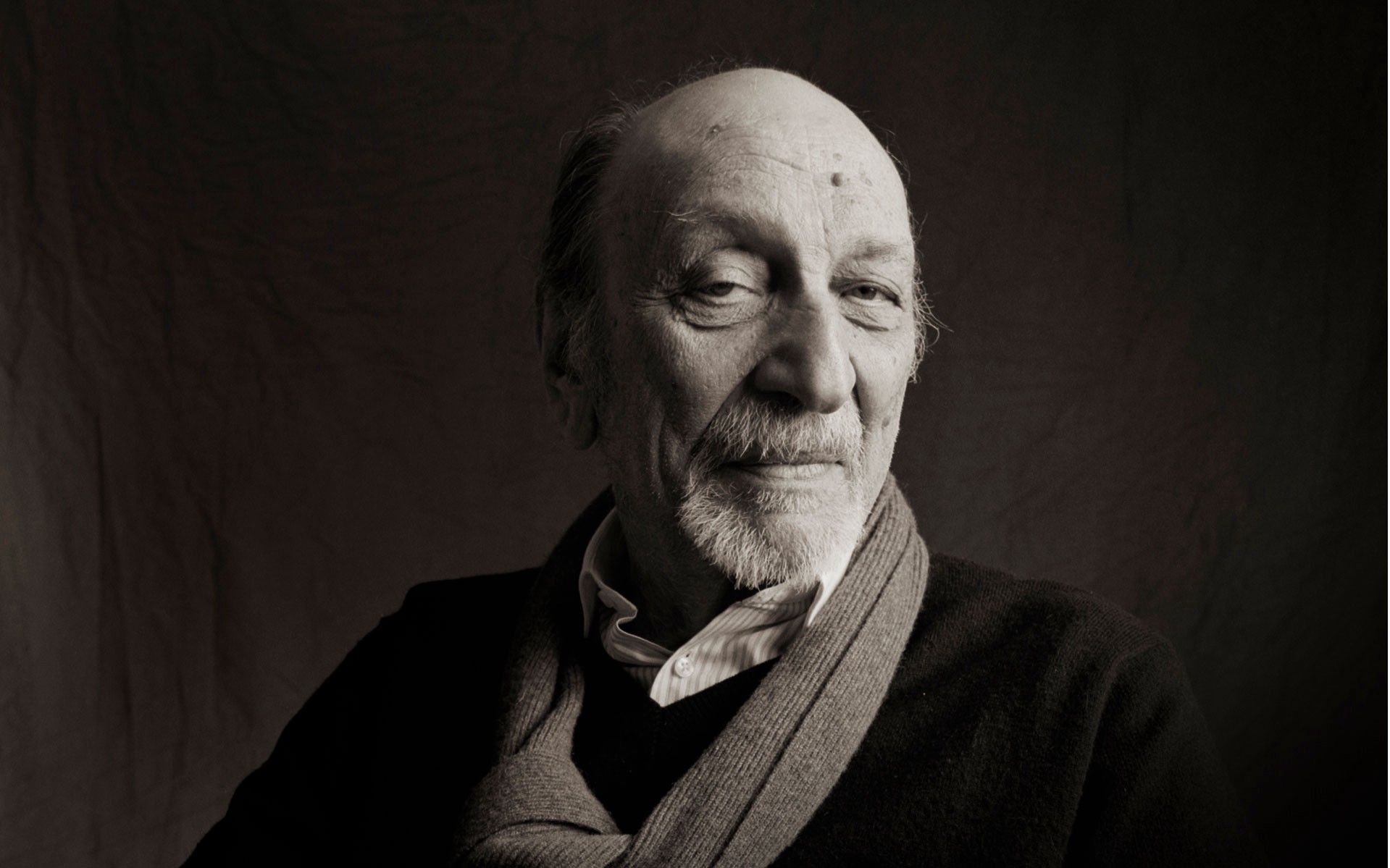
Milton Glaser, 91
Milton Glaser’s creativity was deep, and wide. Born in the Bronx, he co-founded New York magazine, designed the 1968 record cover for Bob Dylan’s Greatest Hits, drew posters for Mad Men, and created logos for the Brooklyn Brewery, the World Health Organization, and the Pulitzer Prize–winning play Angels in America, among countless others. His signature whimsy, inventive use of color, and thoughtful narrative differentiated his work at a time when commercial art was dominated by realism and modernism, and permeated everything he touched. The designer, who died on his 91st birthday, spoke to Surface in 2018. He reflected on a lifetime of experiences, including the problem with advertising, his earliest commissions, and the difference between art and design.
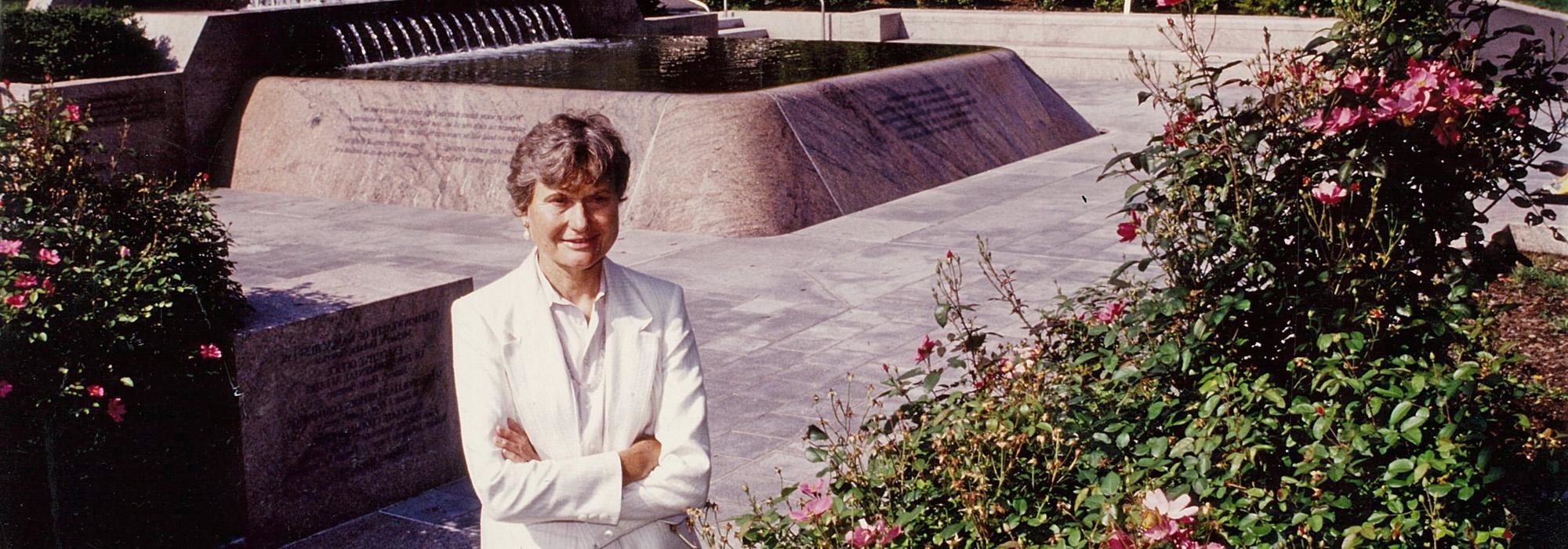
Carol R. Johnson, 91
The pioneering landscape architect Carol R. Johnson established her eponymous firm at a time when licensed women landscape architects were virtually nonexistent in the United States, and oversaw the design of several notable public parks, waterfront revitalization projects, and college campuses in and around Boston. Early in her career, she teamed with Buckminster Fuller and Cambridge Seven Associates for the U.S. Pavilion for Expo ’67 in Montreal. Her firm, most recently known as IBI Placemaking following its 2011 acquisition by the Toronto-based IBI Group, has completed numerous projects in the United Arab Emirates as well as in Tunisia, Bermuda, South Korea, Egypt, and Taiwan.
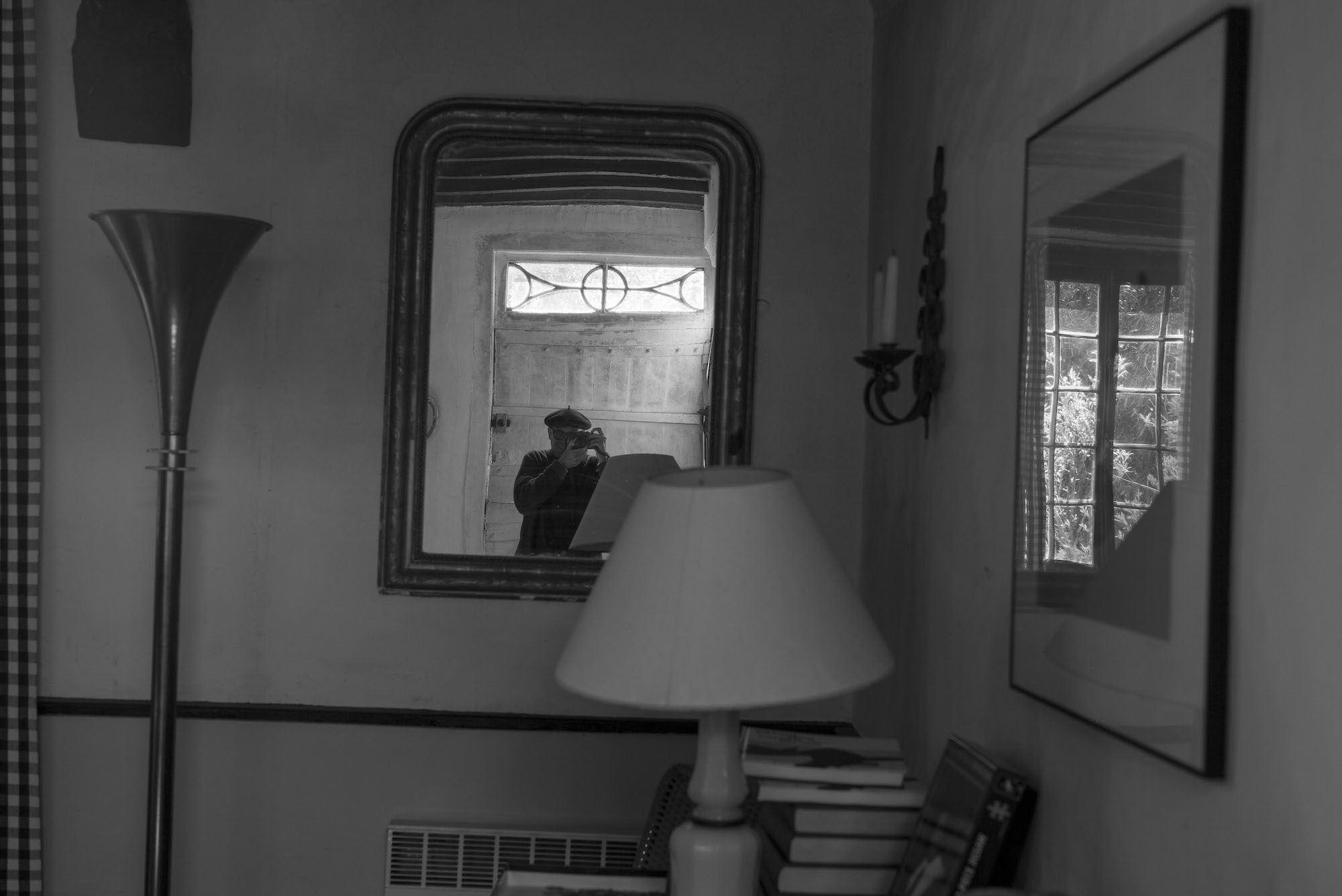
Paul Kasmin, 60
A beloved New York gallerist known for his astutely refined taste, Paul Kasmin established his gallery in SoHo, New York, in 1989, but relocated to Chelsea in 2000. Over two decades, his gallery became a neighborhood institution, growing into three spaces with programming that melded modernist icons with contemporary talents such as Ali Banisadr, Lee Krasner, Constantin Brancusi, William N. Copley, Walton Ford, Jane Freilicher, and Roxy Paine.

Jack Lenor Larsen, 93
Cited by the Cooper Hewitt, Smithsonian Design Museum as “one of the most prolific and innovative textile craftspeople of the 20th century,” Jack Lenor Larsen rose to prominence in the mid-20th century through prolific work with architects, airlines, fashion houses, and furniture makers. Among his innovations include draperies that reduce the glare of modern glass buildings, stretch nylons suited for mid-century seating, screen-printed velvets, and bath towels with double-sided textures and patterns. He worked until his death, most recently partnering with Sunbrella to debut a new line of performance textiles called the Larsen Performance Collection. His textiles can be found in the permanent collections of the Museum of Modern Art, the Art Institute of Chicago, the Victoria and Albert Museum, and the Musée Des Arts Décoratifs, where he received a solo retrospective in 1981. Larsen also founded East Hampton’s LongHouse Reserve, a nonprofit sculpture garden and arboretum, where he lived in a sumptuous home modeled after a seventh-century Shinto shrine.
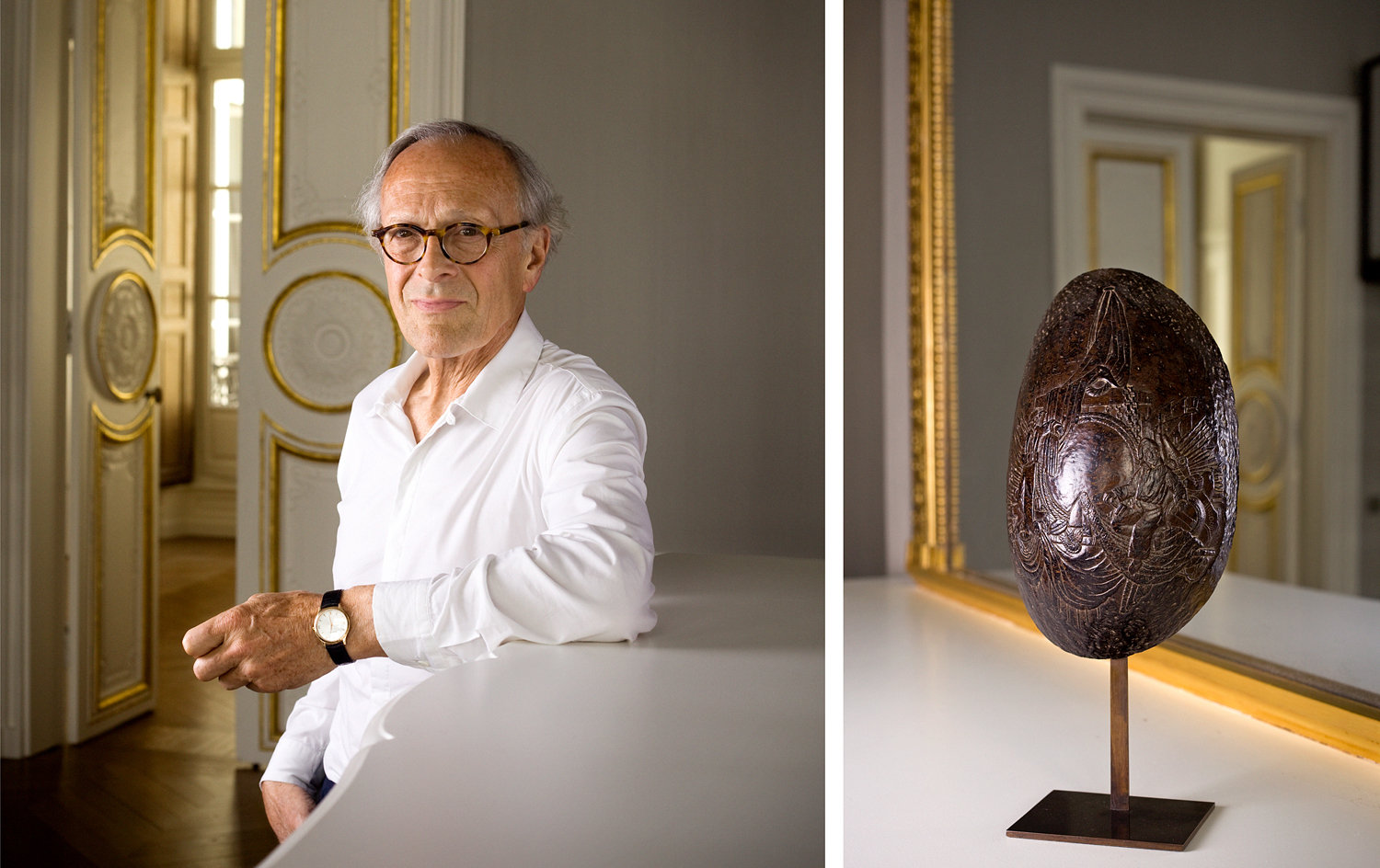
Christian Liaigre, 77
The understated furniture of Christian Liaigre, who rose to prominence in the ‘90s and used materials like wood, bronze, and leather, offered a welcome contrast to in-your-face ‘80s maximalism. Sculptural and subtly masculine yet rendered in pale shades, the French designer’s pieces often drew comparisons to Jean-Michel Frank and became go-to modes of expression for a generation that preferred minimal ornamentation. His namesake furniture brand, which he sold to investors in 2016, continues to uphold his legacy. But Liaigre will also be remembered for his sumptuous interiors, such as the influential Mercer Hotel in SoHo, New York, and the Hotel Montalembert in Paris.
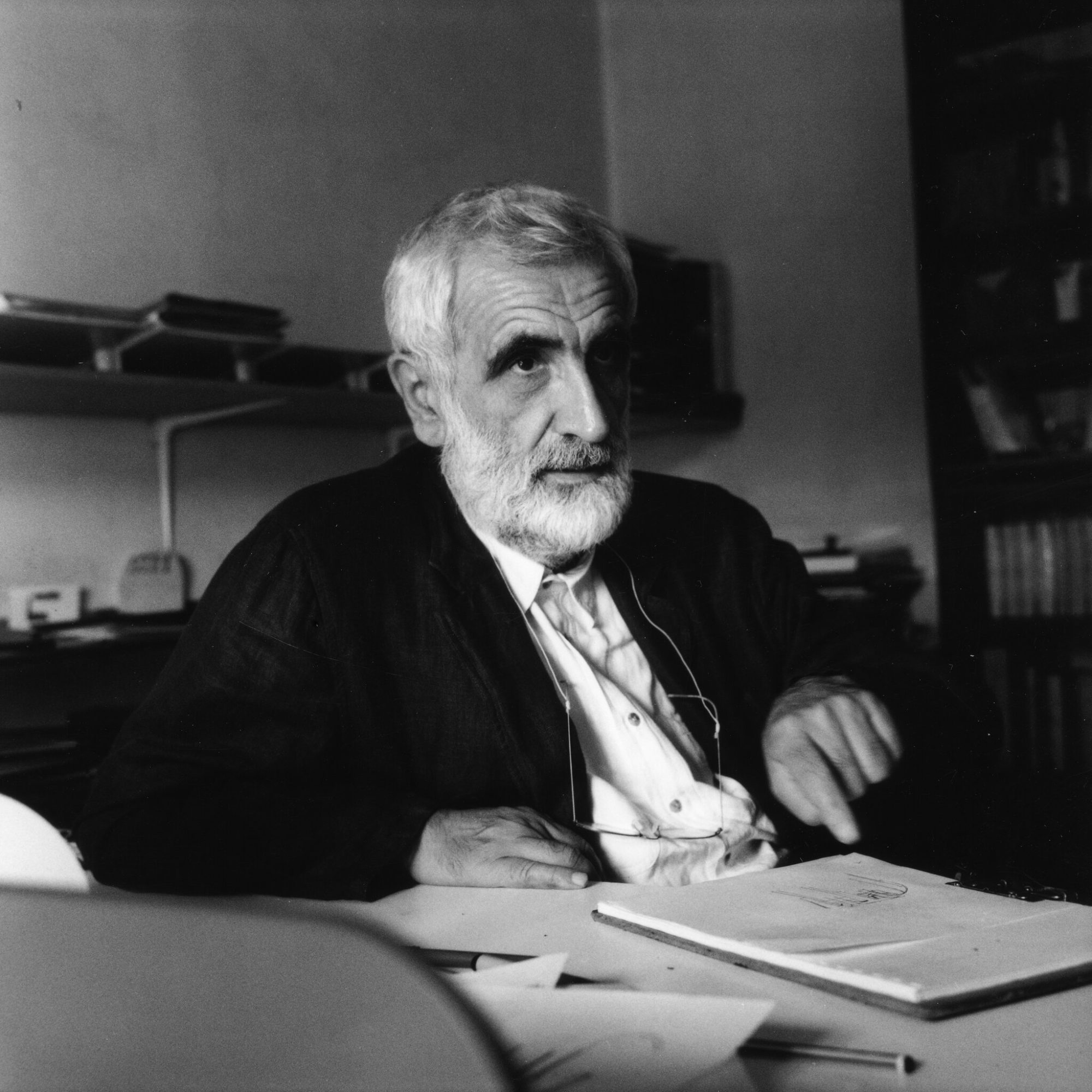
Enzo Mari, 88
Across a prolific six-decade career, the acclaimed furniture designer Enzo Mari created memorable products for a multitude of Italian brands, including Alessi, Driade, Zanotta, and Artemide. Underscoring his work was a lifelong motivation to democratize design and make unfussy, well-designed items accessible to ordinary people—themes that Hans Ulrich Obrist explores in Mari’s recently opened retrospective at Triennale Milano, “Enzo Mari curated by Hans Ulrich Obrist with Francesca Giacomelli,” which features 250 of his creations and is on view until April 2021. In February, Obrist spoke to Surface about Mari’s indelible impact on Italian design and reminisced on attending Salone del Mobile with the iconoclast, who was never afraid to tell you how he truly felt.
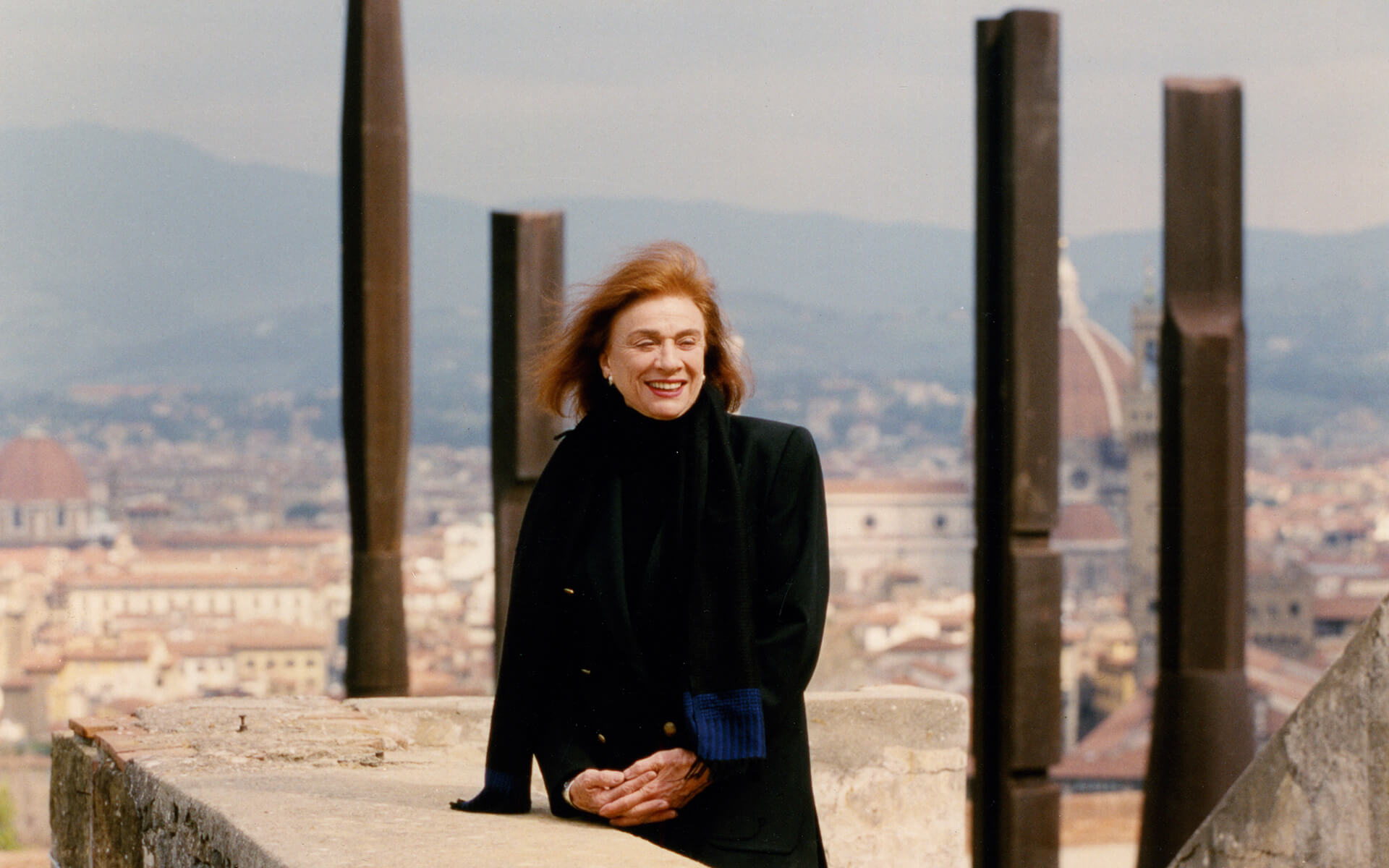
Beverly Pepper, 97
Beverly Pepper often sculpted at a giant scale, but her swooping Cor-Ten works carried an airy lightness that belied their monumentality. After a self-imposed exile took her from Brooklyn to Todi, Italy, where she lived and worked since the 1950s, Pepper gained renown for bucking art-world gender norms by fabricating her sculptures firsthand in metal factories. She was also one of the first artists to use Cor-Ten steel—scholars believe that her sculptures preceded similar ones by the likes of Richard Serra. Although her work was widely exhibited throughout her career, she only recently became the subject of widespread fascination after solo shows at Marlborough and Kayne Griffin Corcoran, participation in the 2019 Venice Biennale, and a sculpture park dedicated to her work opened in Todi.

Michael Sorkin, 71
The teacher, author, and architect Michael Sorkin was a seminal voice for sustainability and social justice in his prodigious essays, lectures and designs that addressed urban theory and the Israeli border to issues of sustainability. His designs, most of which remain conceptual, were equally wide-ranging: a master plan for a Palestinian capital in East Jerusalem, a tiny-lot apartment competition in New York, and comprehensive urban planning schemes for competitions in China. He viewed architecture through a sociopolitical lens while maintaining an outlier’s critical perspective, even when he entered “the establishment” as principal of his own architecture firm and as director of City College of New York’s graduate urban design program. Throughout an illustrious career that spanned decades, his writings, practice, and academic positions garnered a public platform because he spoke truth to power.
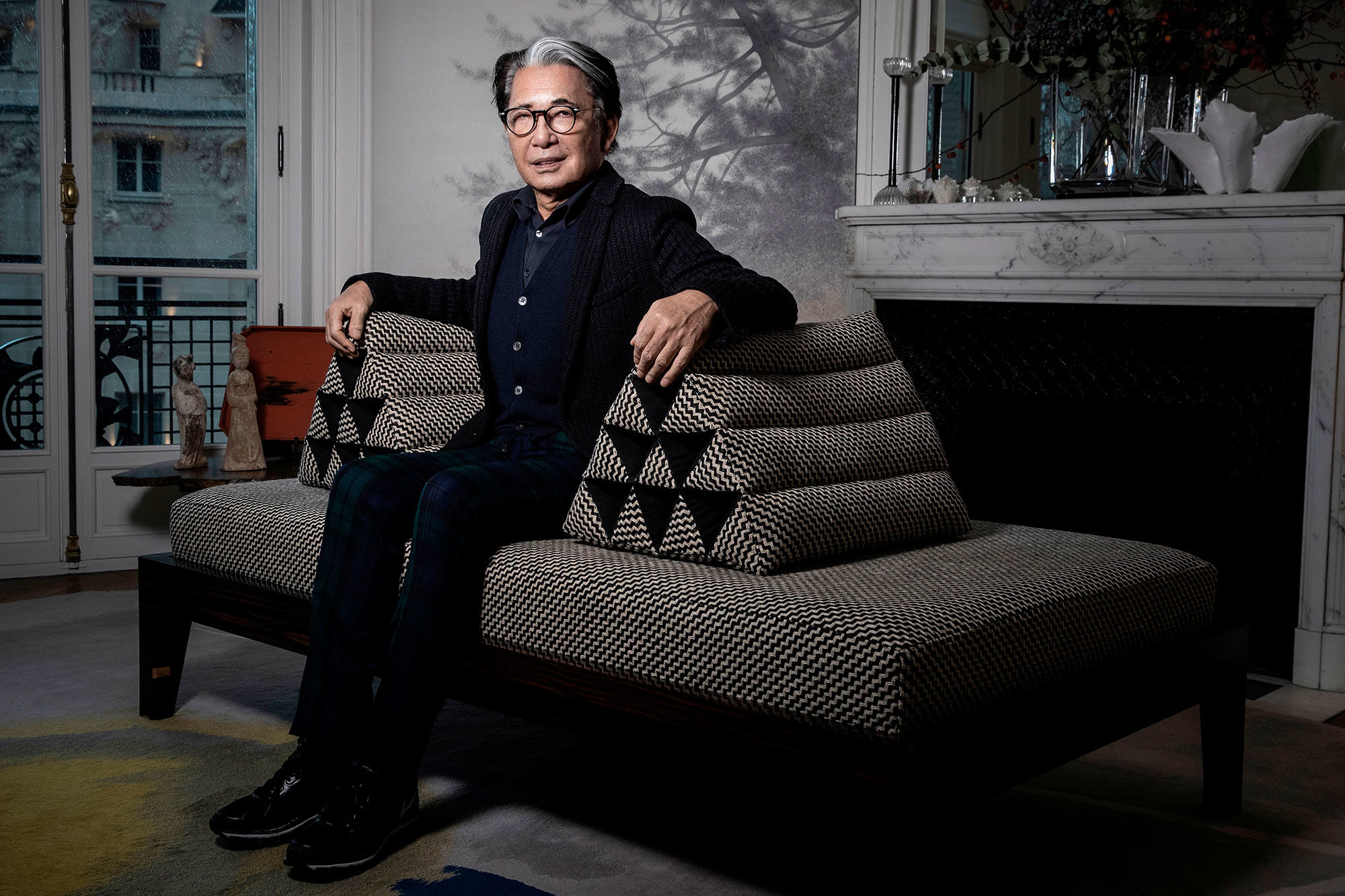
Kenzo Takada, 81
Kenzo Takada entered fashion after migrating to Paris in 1964, where he opened the controversially named Jungle Jap, a lavish boutique festooned with Rousseau-inspired florals. Vibrant visuals defined his namesake label, whose exuberant, oversize womenswear drew from Japanese style while departing from French fashion. His label became popular in the 1970s, and he eventually launched menswear, fragrances, and eyewear. His travels and exposure to global cultures fueled him, yielding reinterpretations of folk dresses and kimonos for the runway. At the height of his success, in 1993, Takada sold his label to LVMH. Though he initially stayed on as a designer, the demanding schedule led to his departure, in 1999, to explore new ventures, such as creating opera costumes, painting, and designing homewares.

Jane Walentas, 76
The philanthropist Jane Walentas and her husband, David, were instrumental in restoring Jane’s Carousel on the waterfront of Dumbo, Brooklyn, a former industrial area that’s now one of the borough’s most affluent neighborhoods. In the 1970s, the couple purchased two million square feet in the former Fulton’s Landing, situated between the Brooklyn and Manhattan Bridges. The waterfront locale took decades to transform into what it is today, as Mr. Walentas battled city and community groups, who stalled rezoning the area to prevent gentrification.

Jorge Zalszupin, 98
A master of Brazilian modernism widely regarded as one of the country’s greatest furniture designers, Jorge Zalszupin struck up a partnership with Oscar Niemeyer by designing furniture for the sweeping new capital city of Brasilia. He then launched his own design studio, L’Atelier, and designed perhaps his best-known piece, the Poltrona Dinamarquesa (Danish Chair), which makes overt nods to the Danish masters Hans Wegner and Finn Juhl. Known for its graceful curves and slim, tapered legs fashioned from native Brazilian woods, the chair vividly recalls Niemeyer’s Alvorada Palace and is now celebrated as an irrefutable icon of Brazilian design. Best known for pioneering bent-plywood furniture construction, Zalszupin also incorporated steel, marble, fiberglass, and molded plastics into his later work, which established more reliable material supply chains for Brazilian furniture designers.